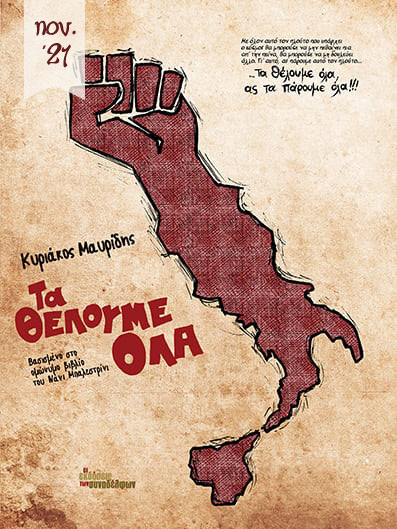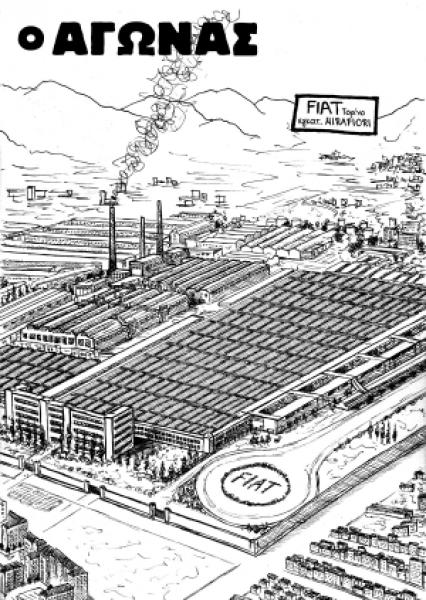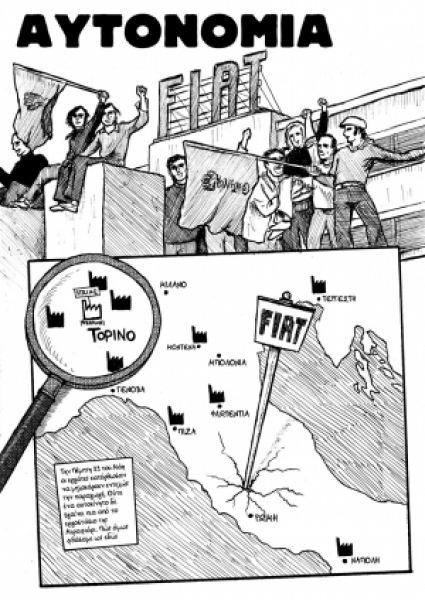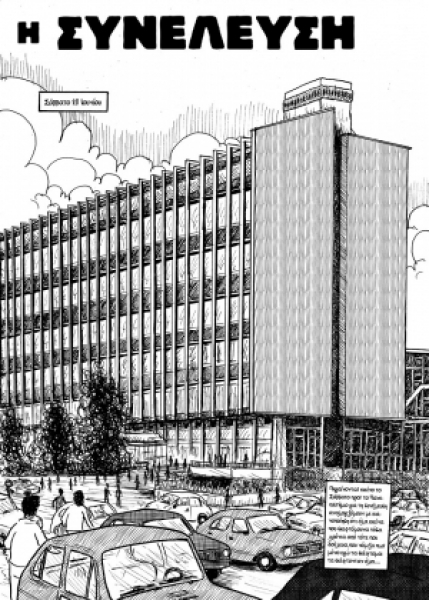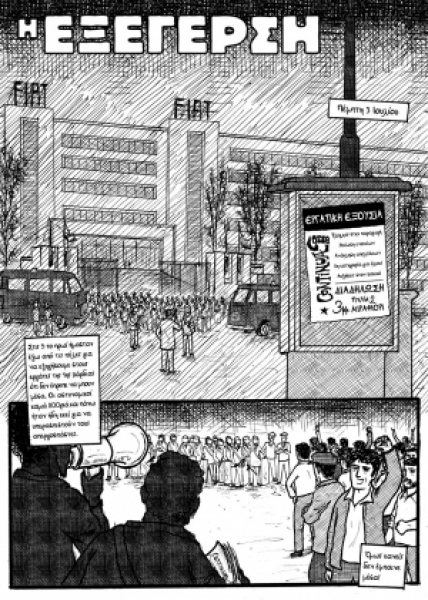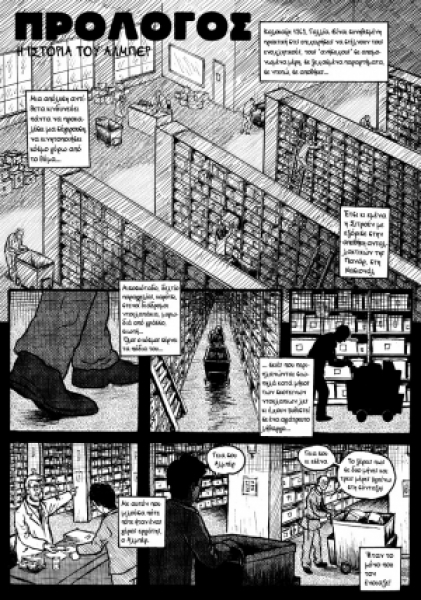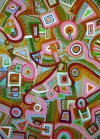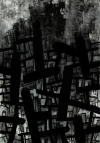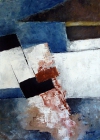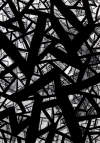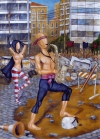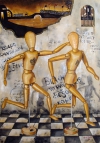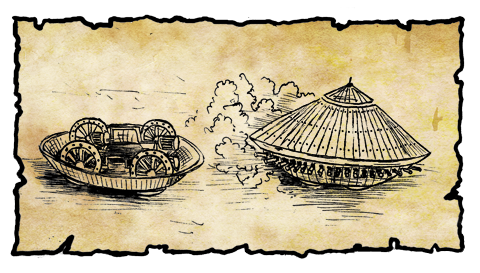
"My Lord,
you ask for my sketches as a friend
but you will use them
as a King"
from my new comic "Leonardo: The dream and the Nightmare" (temporary title)
Displaying items by tag: acrylics
This work is a reproduction of the painting The Slave Ship, by J.W. Turner (1840) (you can read more about the original painting here).
As I haven't seen this particular painting live, I relied on photos I found on the internet in order to complete this copy. Unfortunately there were many versions /images of the painting with differences mainly on the saturation of the colors. In fact I used a different version than the one depicted on the link above.
I began the painting almost without any initial drawing (I had only marked the ship and the horizon). You can see two of the stages of the work in the gallery below. I tried to create textures through thick layers of color applied with knife (spatula). Because I used acrylics and not oil colors it was more difficult to make as soft the color transitions as the ones in the original painting. And this I suppose is one of the various differences /mistakes of this copy. However, both because of the work involved and its subject this painting is one of my favourites.
This is a copy of the painting Starry Night Over the Rhone by Vincent Van Gogh. You can read more about the painting here.
The painting along with the two other copies (Starry Night and Cafe Terrace at Night -you can see them both here) completes a series of copies on van Gogh paintings usually grouped under the name of starry night.
In this particular painting I tried to create various textures on the paper (with thick layers of paint but also with other mediums -sand etc). I didn't succeed on creating the actual surface of the original painting (there is much more abstract approach).
The colors of the painting appear more darkened and saturated on the photo.
(private collection)
This composition was made during the period of the abstract black and white paintings of the first weeks of 2016. It shares a lot with them concerning forms and layout (especially the one called Factory) but it has a very colorful palette with mostly pinks (hence the title), greens and ochre.
This work belongs to a series of abstract black and white paintings I made during the first month of 2016. Its title (and initial inspiration) comes from the novel "The Tower", by Franz Kafka. There are also influences from german expressionism, abstract expressionism and painters like W. de Kooning.
This work was inspired (in structure and color scheme) by a detail of a painting by the 19th century painter Nikolaos Gyzis. Other influences were suprematism and painters like Malevich.
Another black and white abstract painting of the same period. In contrast with the work Factory here I used triangular shapes and sharp angles instead of curves and circular shapes. I have no apparent explanation about the title -it just came to me when I finished.
The title of the painting is perhaps misleading as I didn't have anything in mind while working. However, after the work was finished it was suggested to me that it looked like gears and pipes. The black color of the painting reminded me of dirt and charcoal and oil and hence I came up with the title Factory (meaning mostly factories of previous centuries).
This painting was designed at the same period with the Hunt and shares with it some same concepts and symbols... There is a huge reference to the works with mannequins of several mostly surrealist painters (and especially the ones of Nikos Engonopoulos).
Now in Bookstores
We Want Everything
the publications of colleagues, Nov. 2021
Summer of 1969, Italy. A year after May '68, FIAT workers began a dynamic and unmediated strike against their powerful boss. Their struggle marked the beginning of a decade of workers' and students' mobilizations and the rise of the Autonomy movement. It was characterized by many as the last invasion of the working class into the sky. Last ... let's hope until the next one ...
